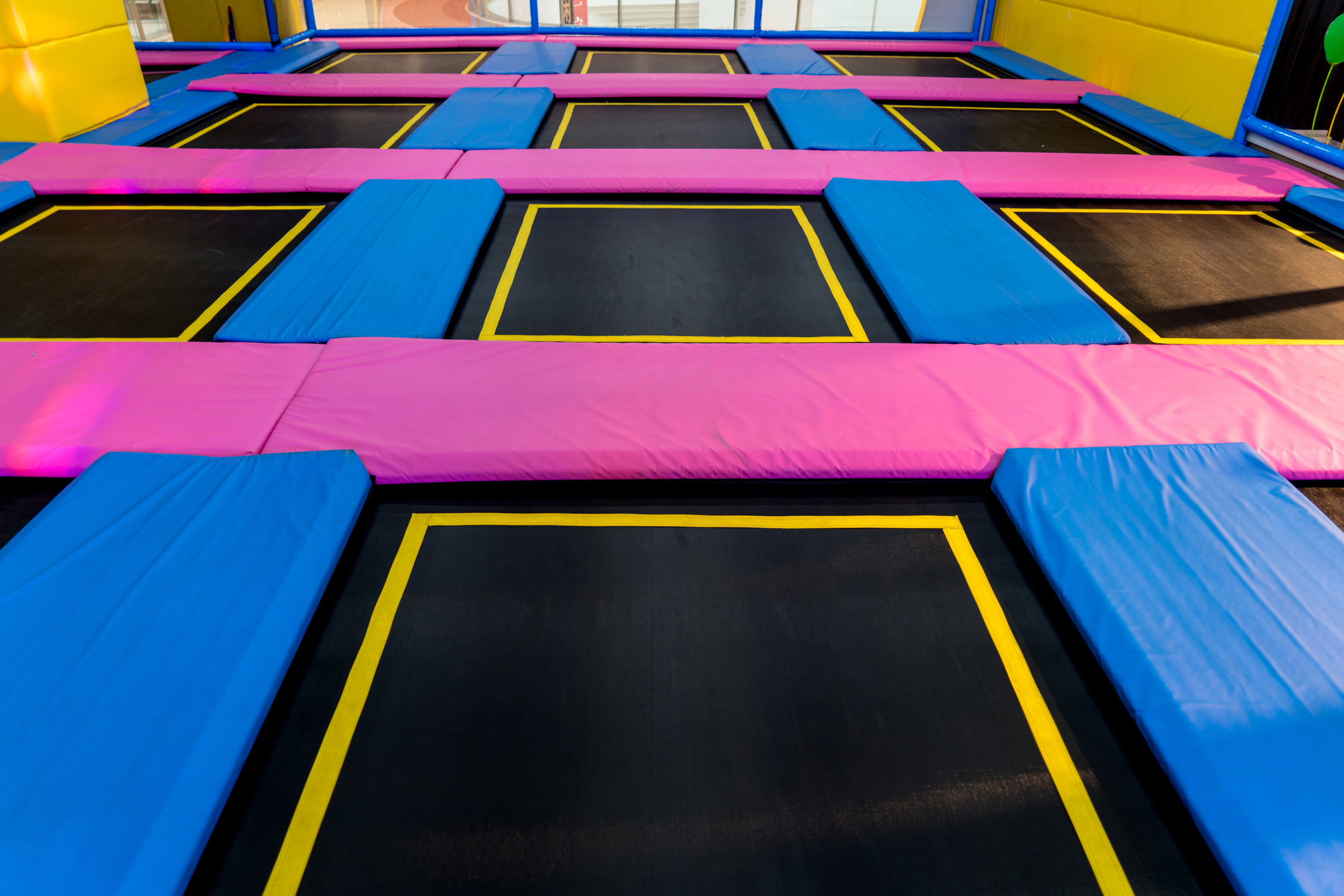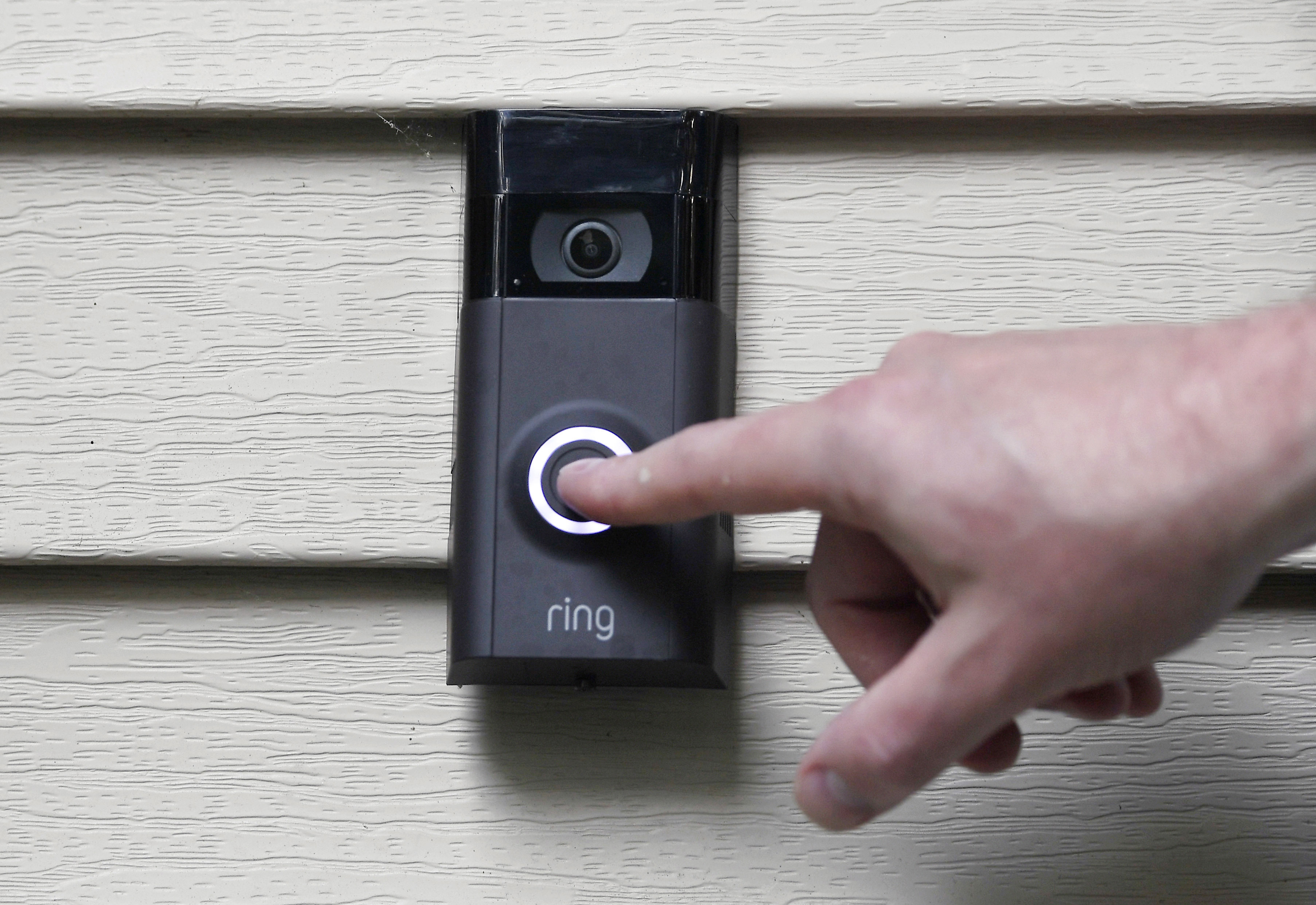When U.S. Speedskating hooked up with Under Armour to develop a new high-tech skinsuit that would revolutionize the sport at the Winter Olympics, the vision was gold, silver and bronze.
The result was a total debacle.
Right in the middle of the Sochi Games, the American skaters hastily switched back to the suits they wore during the World Cup season and at the country's Olympic trials in late December.
Not that it mattered.
Saturday was another bust for the U.S. at the speedskating oval. Brian Hansen finished seventh in the 1,500 meters — matching the team's best showing through seven events in Russia — and two-time silver medalist Shani Davis faded to 11th in what might've been the final individual race of an otherwise brilliant Olympic career.
"Maybe we would see different results if we could turn back the hands of time," Davis said, "but we can't."
How did it come to this?
U.S. & World
The day's top national and international news.
The embarrassment of Suitgate can be traced to a process filled with a quest for secrecy but marred by questionable decisions, all of which came back to bite the U.S. program on the sport's biggest stage.
Kevin Haley, senior vice president of innovation for Under Armour, laid out a timeline for The Associated Press that began in 2011 with the development of a new suit that was supposed to give the Americans a decided technological edge. The company worked with Lockheed Martin to handle some of the testing, a partnership that added a bit of intrigue to the process. The aerospace and defense giant analyzed the suits using a CGI-like procedure in which sensors are attached to the body, producing what Haley called "an unbelievable amount of data." From there, Under Armour began wind-testing variations of the new suit using six different-sized mannequins.
Understandably, the athletes were excited to see what would come of so many bright minds trying to make them a suit that would provide less resistance, enabling them to go faster than ever.
"These people make F-16 jets," skater Patrick Meek said.
According to Haley, Under Armour's deal with U.S. Speedskating called for three suits to be delivered to each Olympic skater on Jan. 1, which is where things started to go wrong.
Sure, the skaters were involved in the development all through the process: trying on the suit, using it in training, offering suggestions and feedback. But secrecy seemed to be the primary concern, the U.S. fretting that other countries would swipe their technology if the suit came out too soon. The final version was completed about six weeks before the opening ceremony, which meant no one had a chance to compete in it before they arrived in Sochi.
That, said Davis, was a huge mistake.
"The best thing would have been to make sure that these suits were what the people said they were," he said, "so that we can actually know going into the races instead of finding out in one of the biggest races of our lives."
The Americans gambled that any unfamiliarity and kinks in the new suit would be overcome by the startling times it produced.
That turned out to be a losing bet.
Big time.
While Under Armour touted the "Mach 39" as the "fastest speedskating suit in the world" — and the skaters dutifully spouted the party line before the Olympics — there were doubts about the suit all along. Some complained about it being too tight and restricting their breathing. The man who designed the Dutch team's new suits said he had already tried some elements in the American version and found they didn't produce any noticeable improvement; in fact, he thought one feature, a vent-like tab on the back, might actually slow a skater down.
After the first four events in Sochi, it was clear within the U.S. team that something was wrong, even though the Americans weren't necessarily expected to win a medal in any of those races.
For the men's 1,000 on Wednesday, one U.S. skater — Haley wouldn't say who — skated in a slightly different version of the new suit, essentially for testing purposes. There was no significant improvement in the time. Davis finished eighth, ending his bid to become the first male speedskater to win the same event three straight times.
On Thursday, when Heather Richardson and Brittany Bowe competed in the women's 1,000, an event they had dominated all season, more desperate measures were taken. The vent on the back of Richardson's suit was covered up. Again, there was no significant improvement, as Richardson finished seventh and Bowe eighth.
With no competition at the oval on Friday, the Americans decided enough was enough.
They received permission from the International Skating Union to go back to the Under Armour suit they used before the Mach 39.
It was a huge blow to U.S. Speedskating, maybe even worse for Under Armour after its grand claims.
"That's marketing. People wanted to make their product stand out," U.S. coach Matt Kooreman said. "And when you don't live up to that expectation, you get it thrown back at you pretty harshly."
The debacle was complete.
___
AP Sports Writers Raf Casert and Beth Harris in Sochi contributed to this report.



